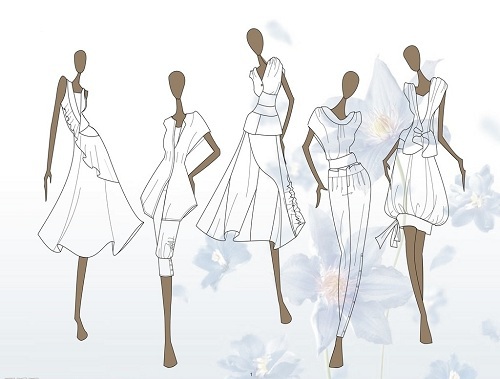
With the slowing of economic growth, strong demand for asset allocation, and the need for industrial transformation and upgrading, capital market mergers and acquisitions and restructuring activities are frequent. With the influence of various factors such as the strengthening of capital mobility, the exchange rate fluctuations, the tightening of regulatory policies, the “insufficient†supply of domestic high-quality assets, and the national Belt and Road Initiative, capital needs a new export, and the capital output becomes A new choice. This is a wave of capital outflows. Inspurs may sometimes create twists and turns due to being overtaxed, but more often they may be regarded as a big opportunity. Next, there is bound to be more drama for good M&A. For many high-flying Chinese companies, overseas deployment and continuous expansion of their global business landscape have become a panacea for boosting business performance. China's apparel industry is starting from the manufacturing end of the global industrial chain, and it is time to move toward the higher end of the global industrial chain.
Under the driving force of consumption upgrading, capital expansion and industrial restructuring, overseas mergers and acquisitions in the apparel industry will accelerate. However, from the overall perspective, the overseas mergers and acquisitions of local apparel companies are still at the initial stage of development. We believe that China's apparel industry will eventually have a globally competitive fashion brand group and a number of competitive brand clusters, but this requires local apparel companies to uphold a rational, pragmatic, pluralistic and innovative capital concept to effectively avoid risks. We must use and match well the timing of the current large-scale reforms in the capital market to create a huge brand value in order to use the wings of capital to fly higher and further in the global competition. In order to do a good job in overseas mergers and acquisitions, garment companies will become the “wave of the tide†of the wave of the times. From capital output to industrial output, brand output, design output, and cultural output, the global expansion of Chinese apparel brands is starting to take off. .
Apparel companies need to understand what purpose to acquire. Clothing companies are not only trying to make capital better off, do more capital operations to attract eyeballs, avoid mergers and acquisitions, and irrational mergers and acquisitions. After the merger and acquisition, how to maintain and strengthen the influence of international brands and how to help the development of their own brands? These are clothing companies to consider before the merger and acquisition. Overseas mergers and acquisitions is not just for the appreciation of assets, but more important is to learn international operating experience, to accumulate experience and foundations for future more global acquisitions, and to promote brand globalization.
The increase in capital flow makes garment companies feel that they are “not short of moneyâ€. However, if a garment company wants to clearly figure out whether it is worth the acquisition, whether it should be acquired, when it is acquired, whether it is an overall acquisition or part of an acquisition, and in what way it needs to be acquired. Apparel companies carefully consider and carefully consider. A major risk for domestic apparel companies to purchase international brands is that they are unfamiliar with overseas markets. In mergers and acquisitions, mergers and acquisitions may result in failure of mergers and acquisitions, resulting in various obstacles in the process of merger and acquisition integration. Poor performance, even dragged down the main brand. However, if part of the acquisition of international brands in Greater China or domestic market ownership, it should have a more holistic vision, pay attention to the risk of international brands overseas market decline or bankruptcy in the future, measure its potential impact on the acquisition, more cautiously choose to acquire aims.
Overseas mergers and acquisitions by garment companies are driven by factors such as the upgrading of the domestic consumer market, the expansion of the capital market and the transformation and upgrading of the industry. On this basis, domestic apparel companies will learn the experience of international operations and overseas M&A experience, catalyze the creation of a comprehensive international apparel brand group, and present a mature international merger and acquisition of fashion industry. The purpose of M&A will be changed from the domestic market. For the truly international operation, there is emboldened capital from the capital level to the M&A and reorganization of the stylish enterprises that have entered the “bankruptcy door†with excellent quality of foreign capital, and have grown into a global multinational fashion brand group. It can be expected that more textile companies will join the ranks of overseas “sweeping goodsâ€. One of the most important catalytic factors is that capital-driven forces are becoming more and more powerful. The apparel industry is now on the wave of the era of Chinese companies' overseas mergers and acquisitions, and apparel companies are being accelerated to accelerate the pace of overseas mergers and acquisitions.
Thermal Socks,Women Thermal Socks,Thermal Socks With Rib,Men'S Thermal Socks
Jingjiang Pingdong Import&Export Co.,Ltd , https://www.jingjiangsocks.com